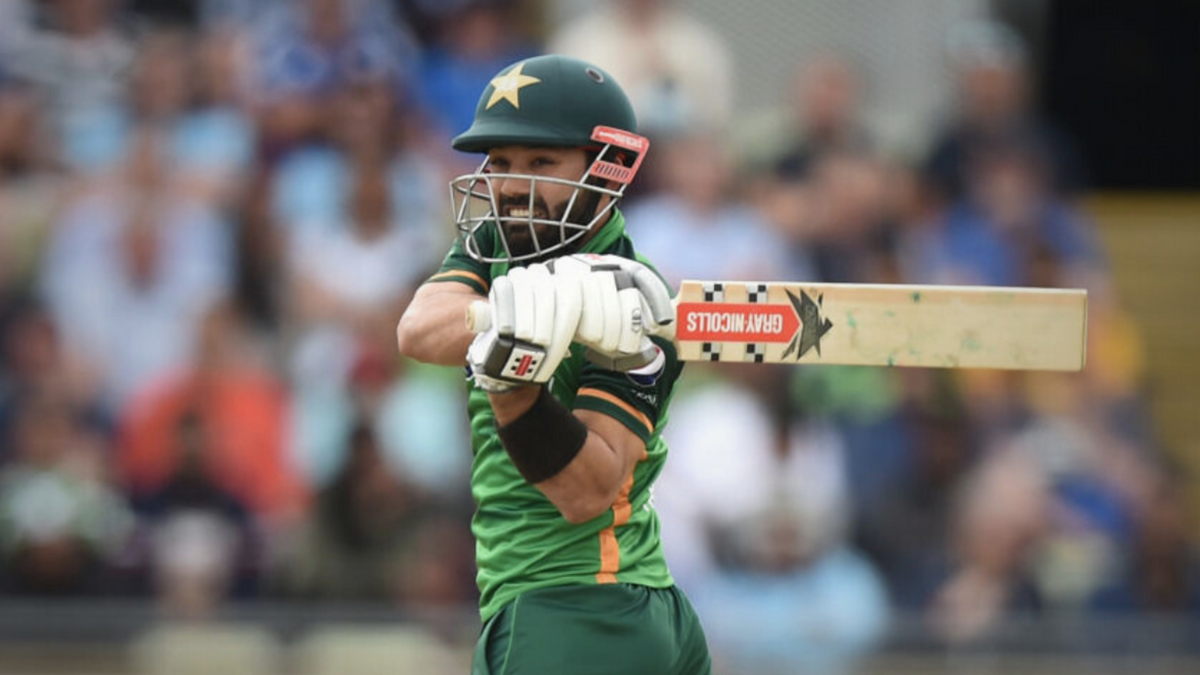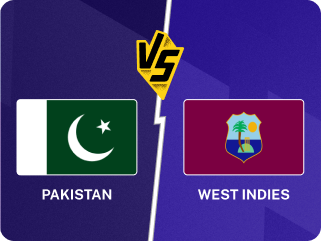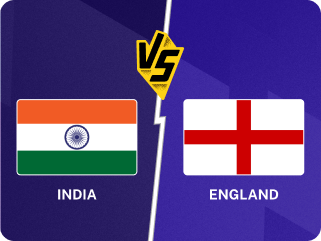
Mohammad Rizwan‘s oddly erratic ODI career has suffered several bumps, but the 2023 World Cup provides the chance for a hard reset, that too possibly at his preferred No.4 spot. Will this be the tournament that turns things around?
Mohammad Rizwan has been around long enough to make you double check the fact that he’s not played a single 50-over World Cup game. Another quick look makes it clear why: his first ODI came less than a month after Pakistan’s quarter-final loss at the 2015 World Cup. Sarfaraz Ahmed was also the wicketkeeper (and skipper) when the next edition came in 2019.
Rizwan, who hit two centuries five days apart just two months before the tournament, remained a back-up player in England as Pakistan suffered a group-stage exit.
Only since his post-pandemic T20 transformation has his one-day career really found some sort of structure – from his debut in 2015 until the end of 2020, he played 35 one-dayers. Since 2021, he has played 22.
The numbers have gone slightly better than his overall figures – an average of 39.88 compared to 34.34 overall, with the strike rate at 90.52 (88.22 overall). This year has been much better: average of 68.60, strike rate of 94.75.
That Rizwan hasn’t hit an ODI century in the last four and a half years is, on first look, a long period for a batter known for his white-ball brilliance. Especially for one whose List A career isn’t too shabby: he averages 47.11 at a strike rate of 89.23 and 11 centuries. But the lack of centuries aren’t as bad as you would think – only three other Pakistan No.4s in ODI history have hit more tons than him.
It’s worth understanding what roles Rizwan has played in one-dayers. For the first half of his career, he underwent the usual fate of a backup wicketkeeper, batting everywhere between No.4 and No.8, often without any consistency in position. His first century, against Australia at No.4 and another one five days later at the same spot, made it evident that it was a spot worth keeping him at.
And yet, Rizwan did not find a World Cup place two months later, that Australia series having been played with a largely second-string side, and the pandemic followed it not too long after. When he returned, the mid-career surge was deep in the past, as Rizwan did not manage anything more than 40 in the next nine innings.
Post-pandemic, Rizwan’s intense middle-order shuffling has stalled, and he’s batted at either four or five. In May, Rizwan made a public confession that he did not prefer batting at five, midway through their ODI series against New Zealand. In the first two ODIs of that series, he had finished unbeaten (42* and 54*) and hit the winning runs at rather impressive strike rates (123.52 and 131.70).
But it was clear Rizwan’s preference lay in a longer stay at No.4, where he’s played most of his ODI career (22 innings) and averages 40.78. For a T20I star so used to batting and excelling at the top, Rizwan gets a different set of skills to use in the middle overs, and possibly more against spin, especially with the top three doing the bulk of the big scoring.
Come October, Rizwan will become a key figure for Pakistan at his first World Cup. He’s played enough high-profile tournaments, but never a global ICC 50-over event. The good news is that statistically, 2023 has been his best year in ODIs already.
It can’t be a better time to resurrect to correct the course of an ODI career that has gone through several bumps. Even more so, because the No.4 spot this time will most likely be his.
Since 2021, Pakistan’s other No.4s have been Abdullah Shafique, Agha Salman, Saud Shakeel and Shan Masood – the first three have batted there just once, and Masood twice. With Masood not picked for the Asia Cup, the competition has eased up even more for Rizwan. Shafique has played just three ODIs, Salman seems to be a better (and quicker) bet at five, Shakeel hasn’t played since March last year (and isn’t part of the Asia Cup squad).
Having spent a good part of his career being Sarfaraz’s shadow, Rizwan is finally heading towards a potentially career-turning tournament. The one-day numbers this year might be good, but his Test career suffered a major jolt when Sarfaraz earned a recall, and became the wicketkeeper of choice. But there is hope there too, with Rizwan scoring a 67-ball 50 after coming in as a concussion sub.
His Test future is still on tricky territory, but there’s no better time to make it big in ODIs. Rizwan is 31 – there’s enough time to crack the code still. With the Asia Cup and World Cup right after one another, it could just be that juncture.








